A particle is projected in air at some angle to the horizontal, moves along parabola as shown in figure where x and y indicate horizontal and vertical directions, respectively . Shown in the diagram, direction of velocity and acceleration at points A, B and C.
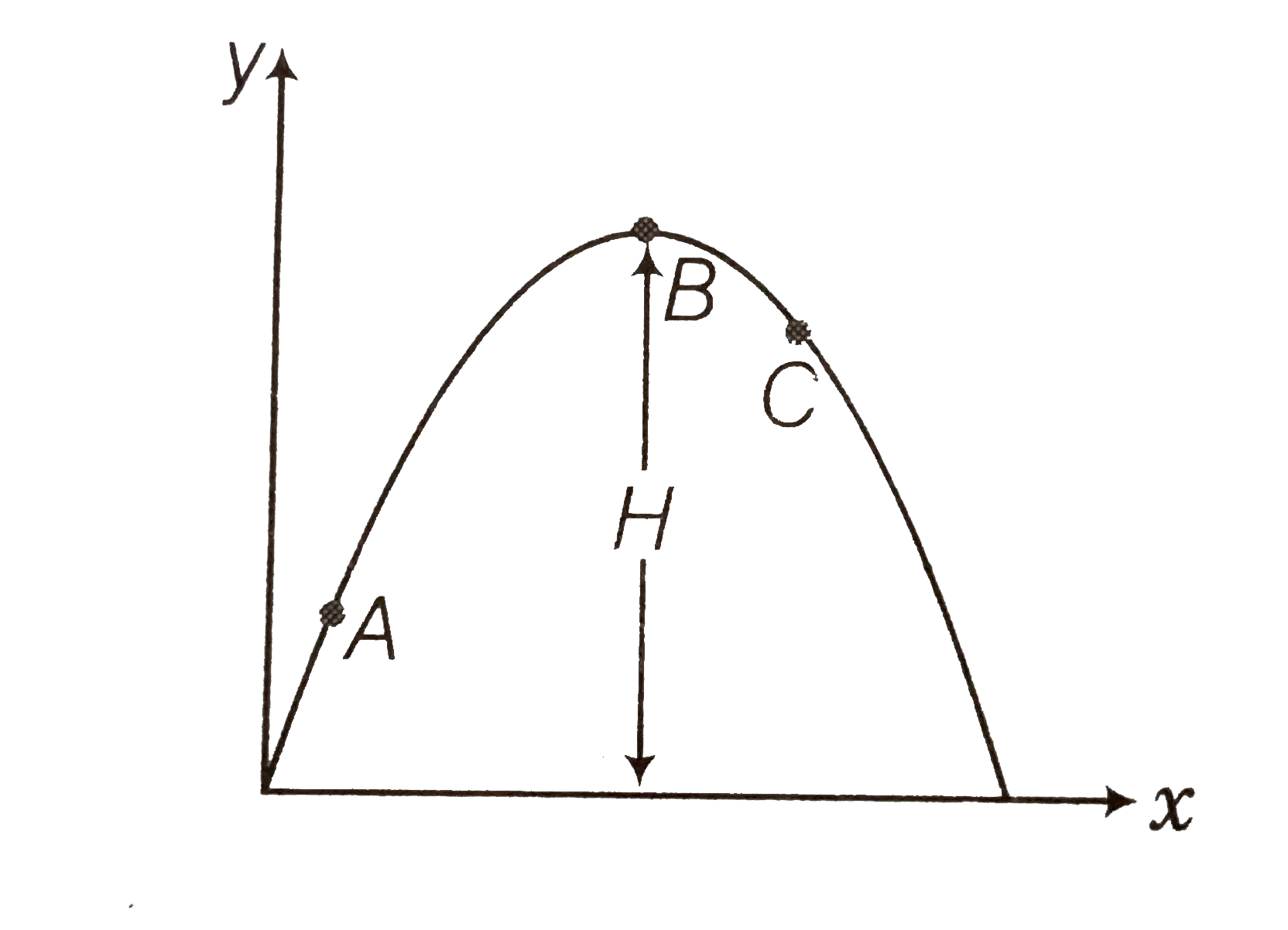
Consider the adjacent diagram in which a particle is projected at an angle θ.
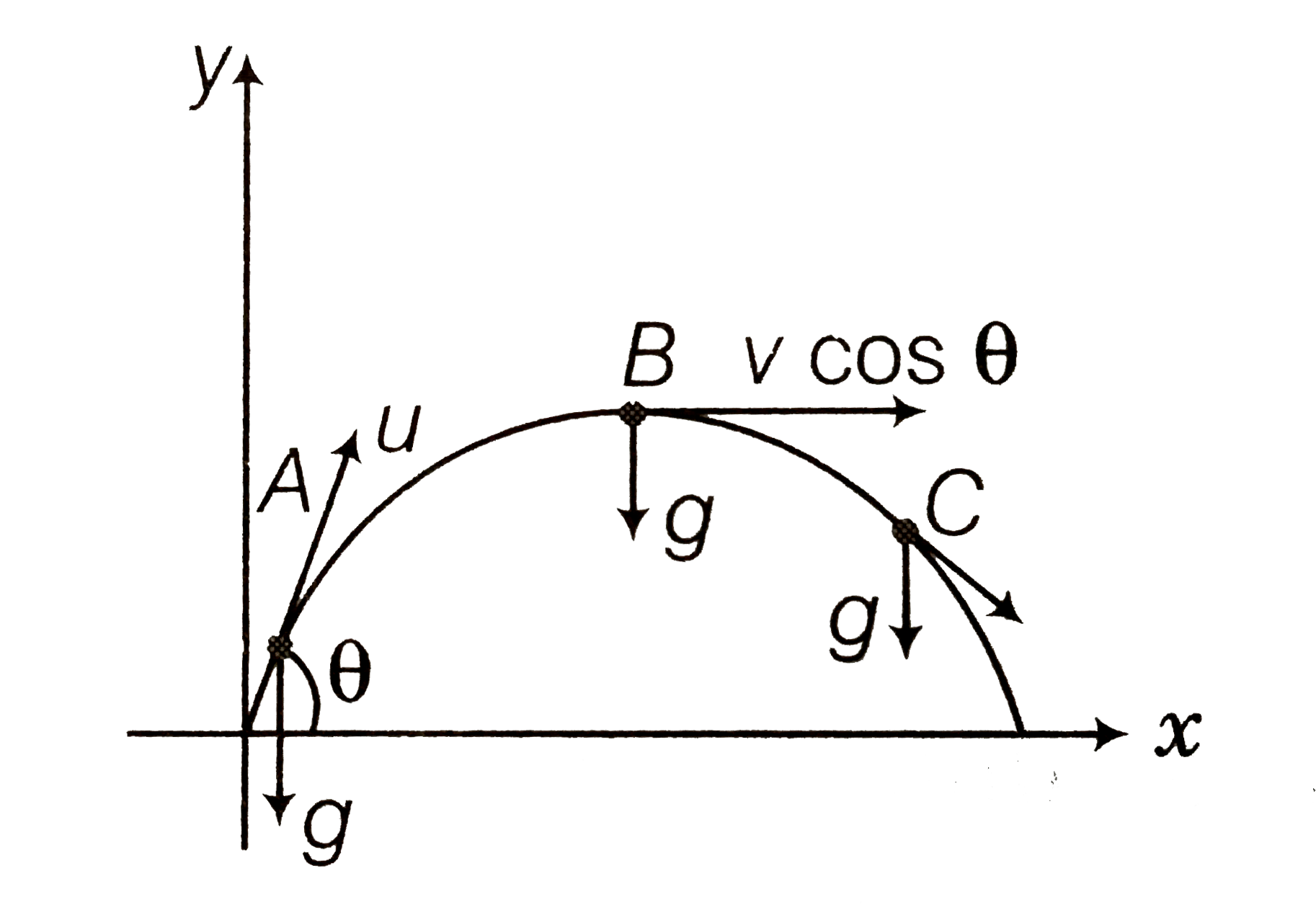
vx=Horizontal component of velocity = v cosθ=constant.
vy = Vertical component of velocity =vsinθ
Velocity will always be tangential to the curve in the direction of motion and acceleration is always vertically downward and is equal to g (acceleration due to gravity).
Topper's Solved these Questions
Similar Questions
Find the velocity of the image of a moving object in situation shown in figure in which object and mirror velocities in horizontal and vertical directions are shown.
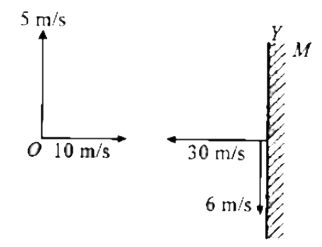
View SolutionA body is projected with a velocity of 60 m/s at 30∘ to horizontal (assume positive x-axis and positive y axis as horizontal and vertical directions, respectively, and take g=10m/s2).
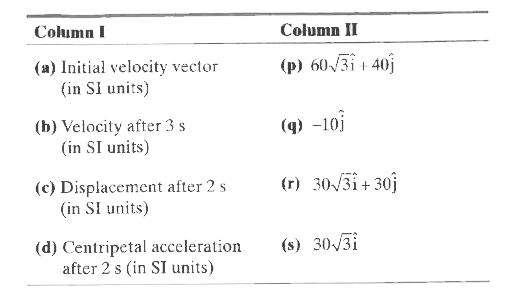
View Solution
Knowledge Check
Path of a projectile is shown in figure then the direction of acceleration at point A, B and C are respectively :-
 A↓↑↑B↓↓↑C↓↓↓D↑↑↑
A↓↑↑B↓↓↑C↓↓↓D↑↑↑A projectile is projected with a velocityv0 at an angle θ with the horizontal as shown in figure. The angular momentum of particle about the origin:
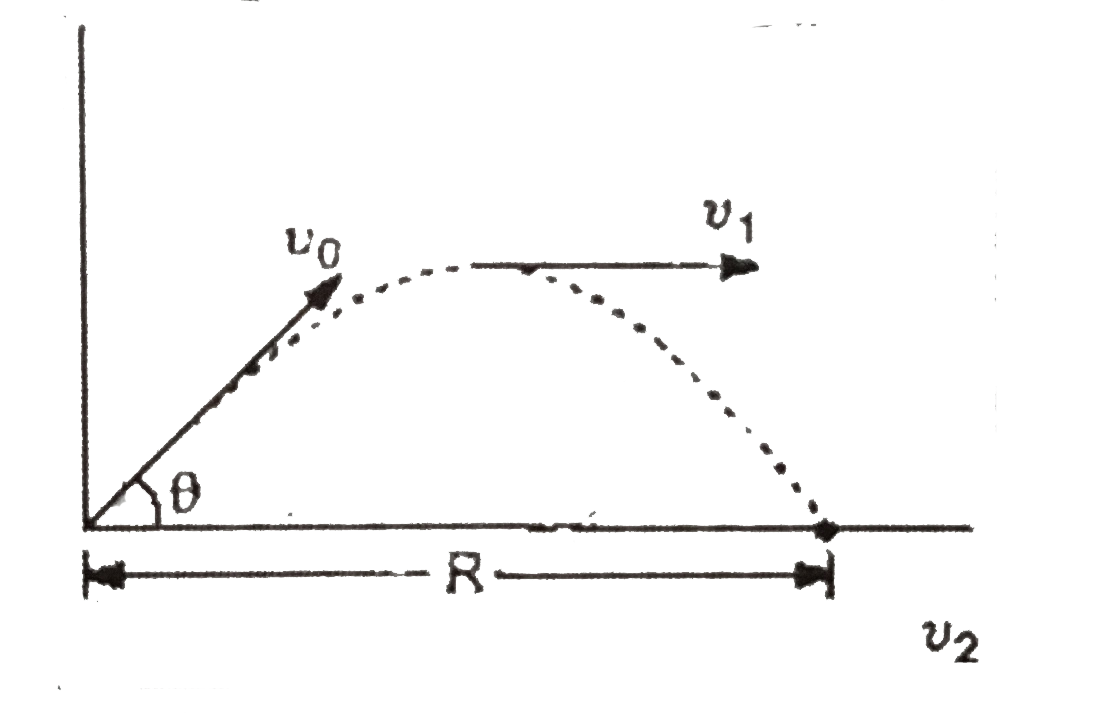 Ais zero when particle is at the originBis −mv3sin2θcosθ2gˆk when particle is at the highest point of trajectoryCis −2mv2sin2θcosθgˆk when particle is just about to hit groundDdownward force of gravity exerts a torque in −z direction.
Ais zero when particle is at the originBis −mv3sin2θcosθ2gˆk when particle is at the highest point of trajectoryCis −2mv2sin2θcosθgˆk when particle is just about to hit groundDdownward force of gravity exerts a torque in −z direction.A particle is projected from a point P with a velocity v at an angle θ with horizontal. At a certain point Q it moves at right angles to its initial direction. Then
AVelocity of particle at Q is vsinθBVelocity of particle at Q is vcotθCTime of flight from P to Q is (v/g)cosecθDTime of flight from P to Q is (v/g)secθ
A particle is projected from ground at some angle with horizontal (Assuming point of projection to the origin and the horizontal and vertical directions to be the x and y axis) the particle passes through the points (3, 4) m and (4, 3) m during its motion then the range of the particle would be : (g=10m/s2)
View SolutionThe equation of a path of a projectile which is a projected with a velocity (V0) at an angle 0 with horizontal is (x and y are horizontal and vertical displacement respectively)
View SolutionA particle is projected with velocity "u" in horizontal direction as shown in the figure. Find u if particle collides perpendicularly with inclined plane. u
View SolutionA particle is projected with velocity "u" in horizontal direction as shown in the figure. Find u if particle collides perpendicularly with inclined plane. h
View SolutionA particle is projected from a point A with velocity √2u an angle of 45∘ with horizontal as shown in figure. It strikes the plane BC at right angles. The velocity of the particle at the time of collision is
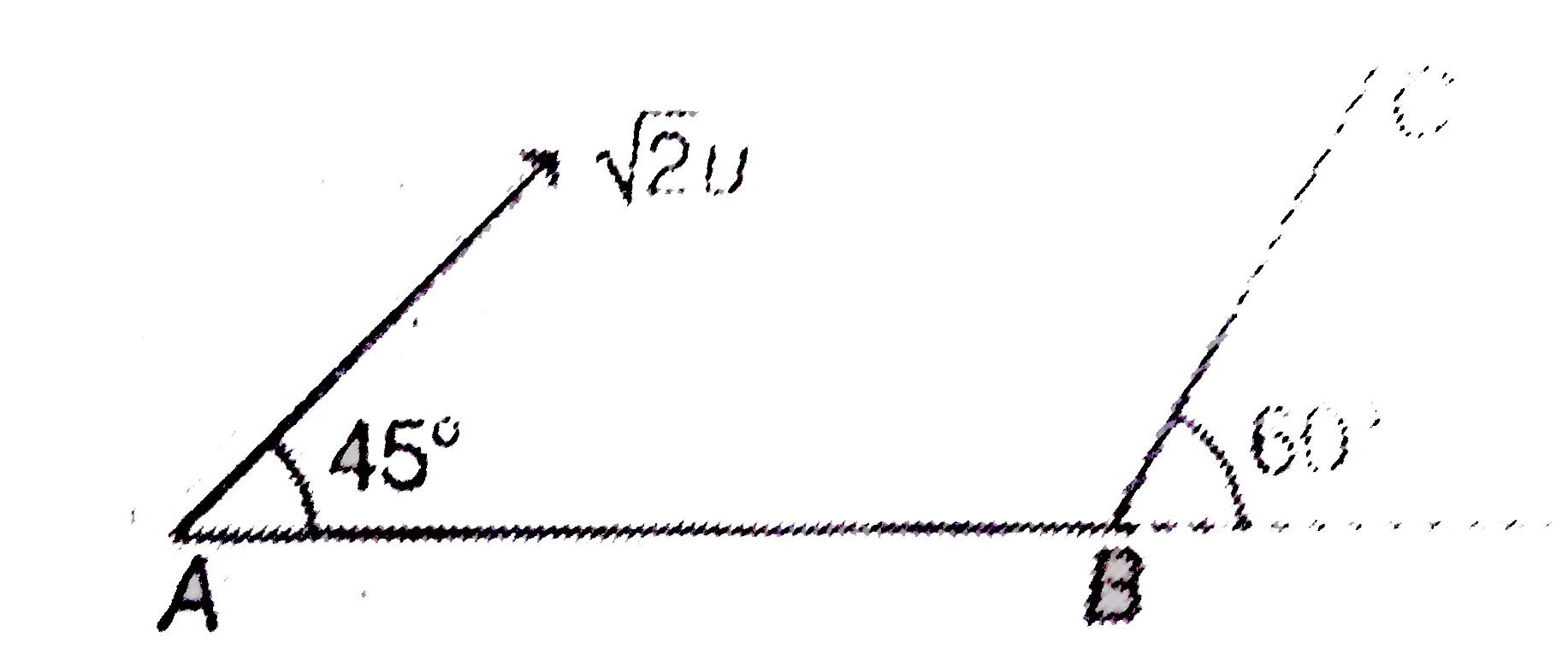
View Solution
